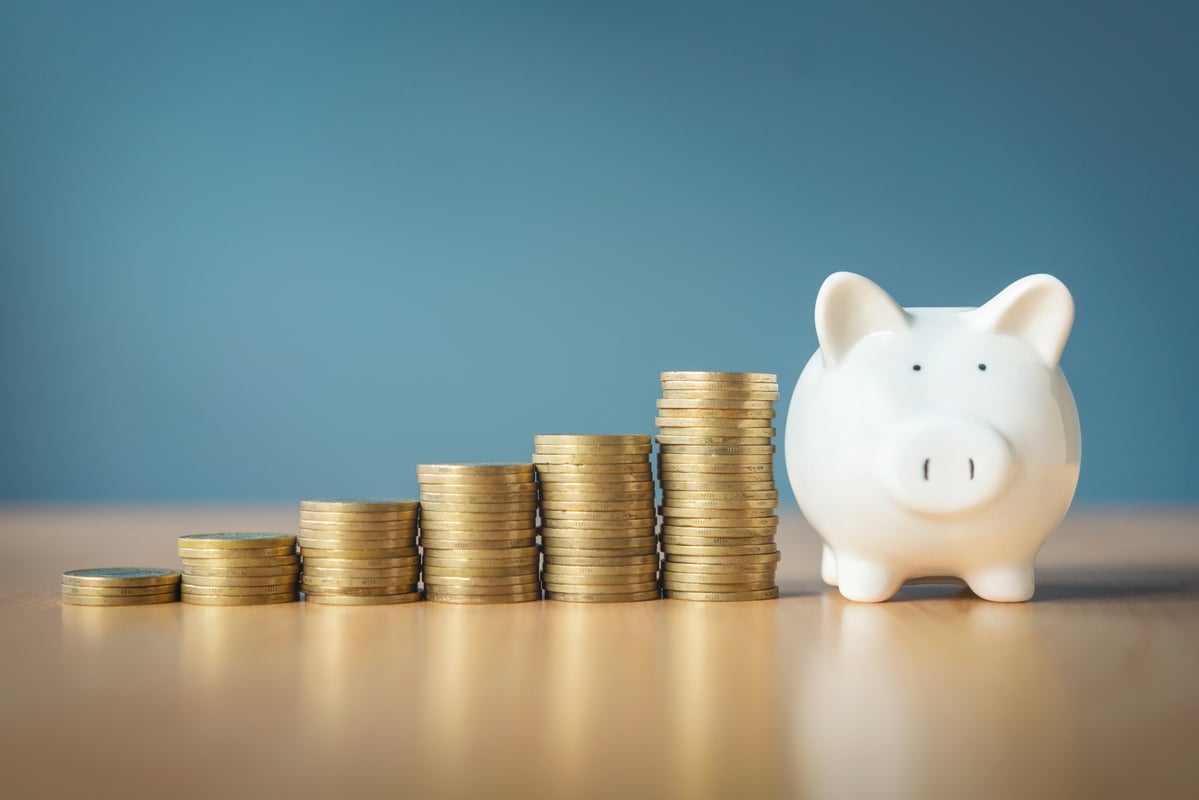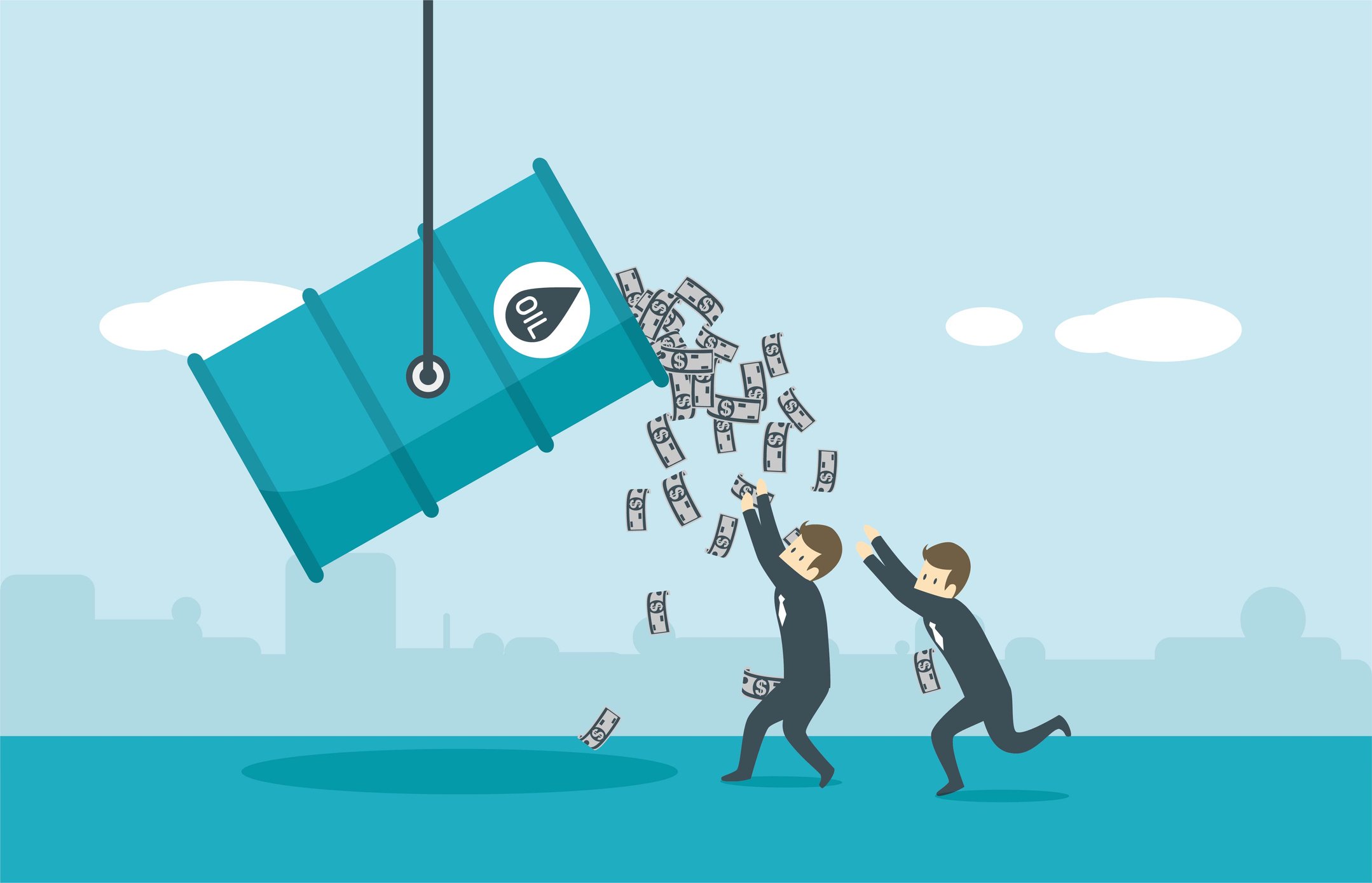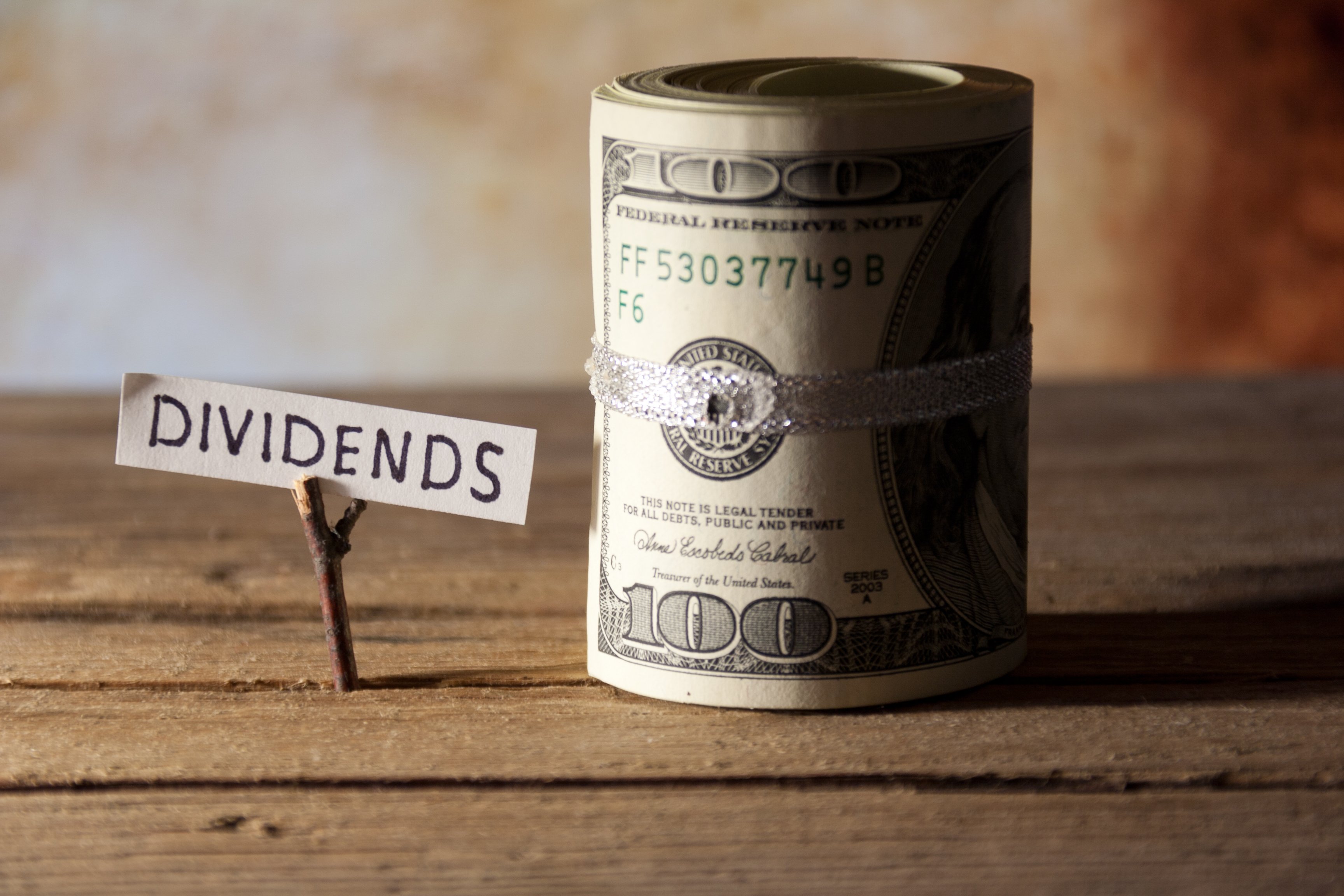There's no way to ignore the fact that COVID-19 has sent the world into a complex period of economic and social upheaval. However, although everything looks like it is in a state of flux today, it won't always be this way. So investors should be looking for companies that can live through this tumultuous period without too much difficulty.
Here are two businesses that offer big dividend yields and businesses that will still be around when COVID-19 social distancing restrictions are finally gone.
1. Physical property of all kinds
One of the industries being hit hardest today is retail, and the knock-on effect of that is that landlords who own retail properties are also suffering. That's one of the reasons that real estate investment trust (REIT) W.P. Carey (WPC +1.59%) stands out: It has relatively little retail exposure compared to net lease peers of comparable size (more on this below). To put a number on that, retail assets make up just 18% of its rent roll. And most of that is in Europe, which doesn't have as much retail as the United States. For comparison, peer National Retail Properties, a net lease industry bellwether, is basically 100% North American retail.

Image source: Getty Images
The rest of Carey's portfolio is spread between office (22% of rents), industrial (24%), warehouse (21%), self storage (5%), and "other" (the remainder). As noted with the retail properties above, this REIT is also globally diversified, with roughly two-thirds of its rents coming from domestic properties and the rest largely from Europe. Carey is easily one of the most diversified REITs an investor can own, with exposure to at least a couple of areas that are actually holding up pretty well today (warehouse and self storage).
In addition to diversification, Carey benefits from being a net-lease REIT. That means that its tenants are responsible for most of the operating costs of the properties they occupy. Although this is an oversimplification, Carey can basically sit back and collect rent, making the difference between its financing costs and the rents it charges. These properties, meanwhile, tend to have long leases attached to them (Carey's average remaining lease was roughly 10 years at the end of 2019, most with built in rent increases). That won't save Carey from a financially troubled tenant, of course, but it does provide a consistency to the rent roll that should allow Carey to at least muddle through to better times.
And the REIT is currently offering investors a 6.6% dividend yield backed by over two decades of annual dividend increases and a relatively strong balance sheet. In fact, it just increased its dividend again in March. Carey won't escape the impact of COVID-19, but it should handle the hit relatively well, eve if it loses a tenant or two, and keep rewarding investors along the way.
2. The more conservative oil option
The global energy industry is struggling today, with an increasing number of players likely to end up in bankruptcy court. Multiple negatives have come together to create a deep commodity downturn. Although there's more to the story, the big picture is that there's too much oil and not enough demand, thanks to the economic shutdowns being used to slow the spread of COVID-19. Energy prices are painfully low, and there's no clear indication of when things will turn for the better.
However, oil and natural gas are commodities prone to volatile ups and downs. If history is any guide, the downturn will lead to reduced production -- and, when economies around the world start up again, demand will eventually pick up and work off the excess supply. The trick is to find companies that get from where we are now to the likely better days ahead.
On that score, U.S.-based Chevron (CVX 0.65%), with its 5.9% yield, looks like a survivor. For starters it has one of the strongest balance sheets in the energy sector, with a financial debt to equity ratio of roughly 0.12 times at the end of 2019. That gives it ample room to lean on its balance sheet to work through this difficult period. Yes, leverage might rise from these low levels, but Chevron can easily handle the extra debt.
CVX Financial Debt to Equity (Quarterly) data by YCharts
In addition to this, Chevron's capital spending has been heading lower for a number of years. That's because it went through a period of investment a few years ago and is now reaping the benefits of that spending. So it has entered the downturn with less need to spend on capital investments than some of its peers. Like other integrated energy giants it is pulling back on its plans, but all in all it has one of the smallest capital investments budgets, relative to cash flow, of any of its closest peers.
Now add to this over three decades of annual dividend increases. Streaks like this end all the time, of course, but it shows that Chevron has managed to reward investors though good and bad times in what is a highly cyclical business. There's no particular reason to expect it will fail to do that today.
Different from the rest
There are no certainties when it comes to buying stocks. However, Wall Street has a bad habit of painting entire industries with the same brush when times are tough. When you step back and look at W.P. Carey and Chevron, you see that they have businesses that should be robust enough to survive the difficult times they face today. And, for long-term investors, that presents an opportunity to buy them with relatively high yields. It's time for dividend investors to take a deep dive into both of these stocks.








